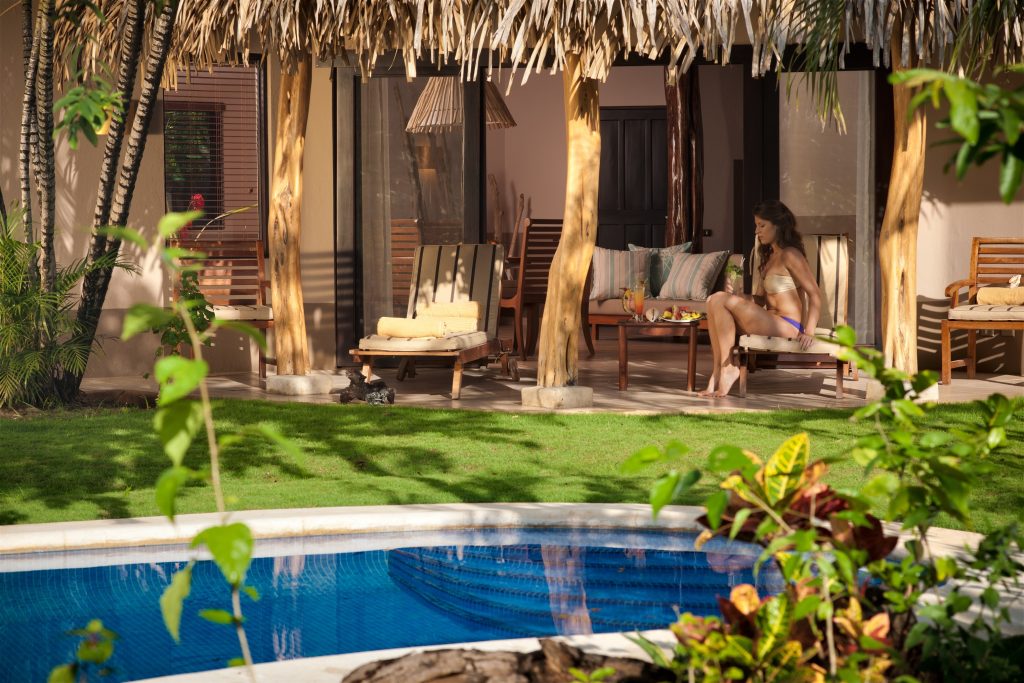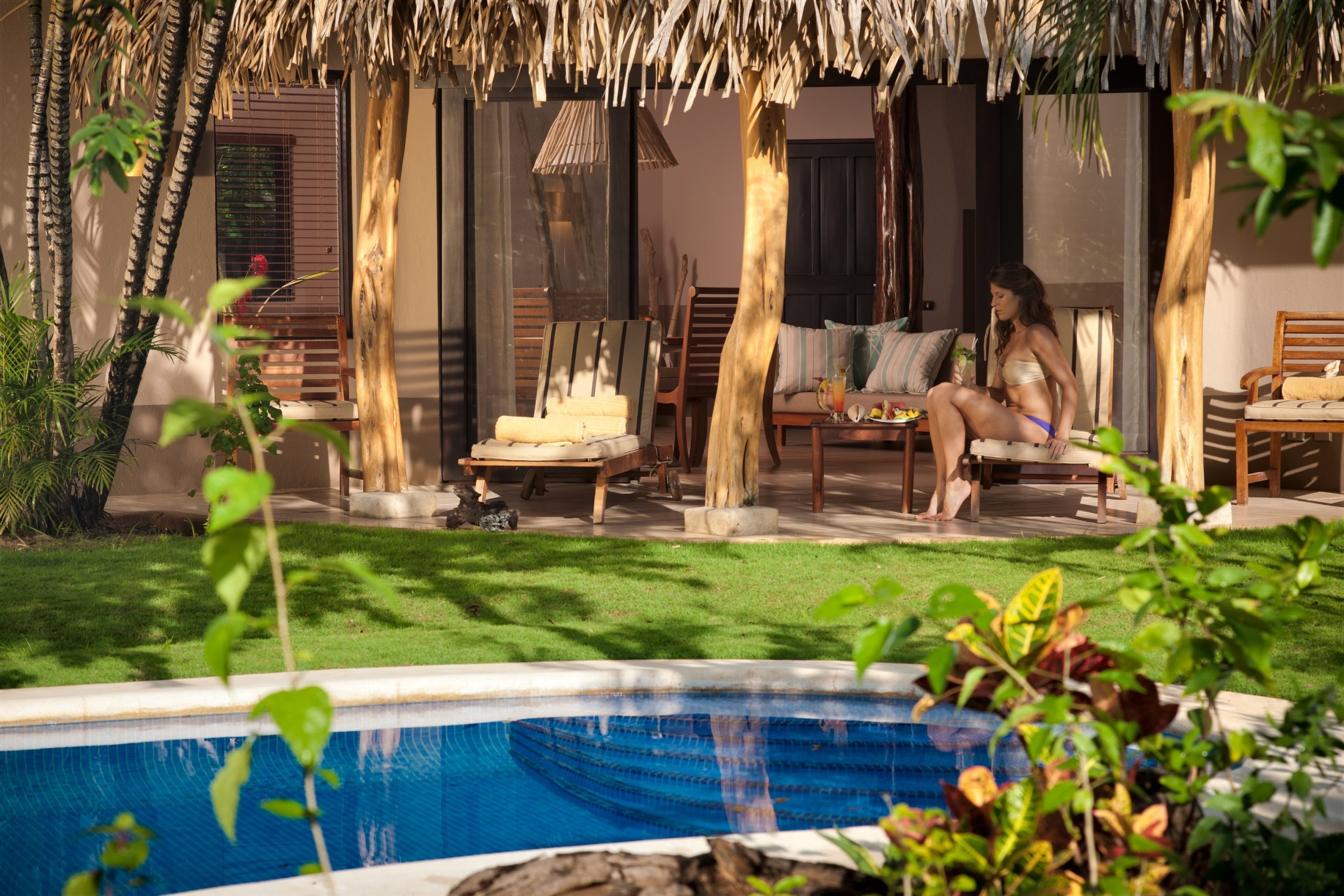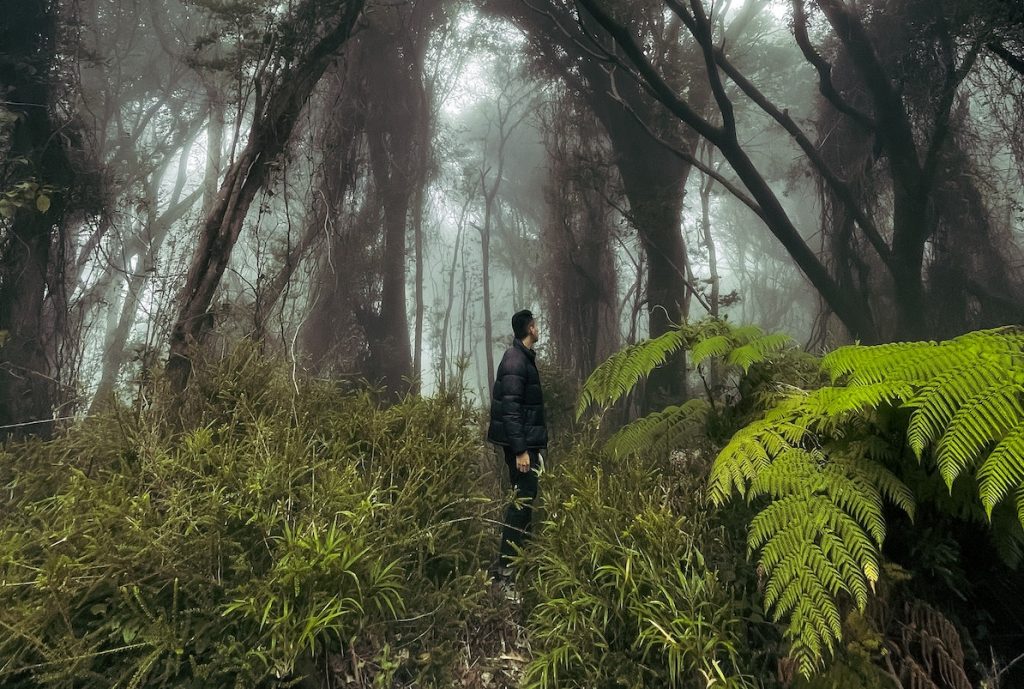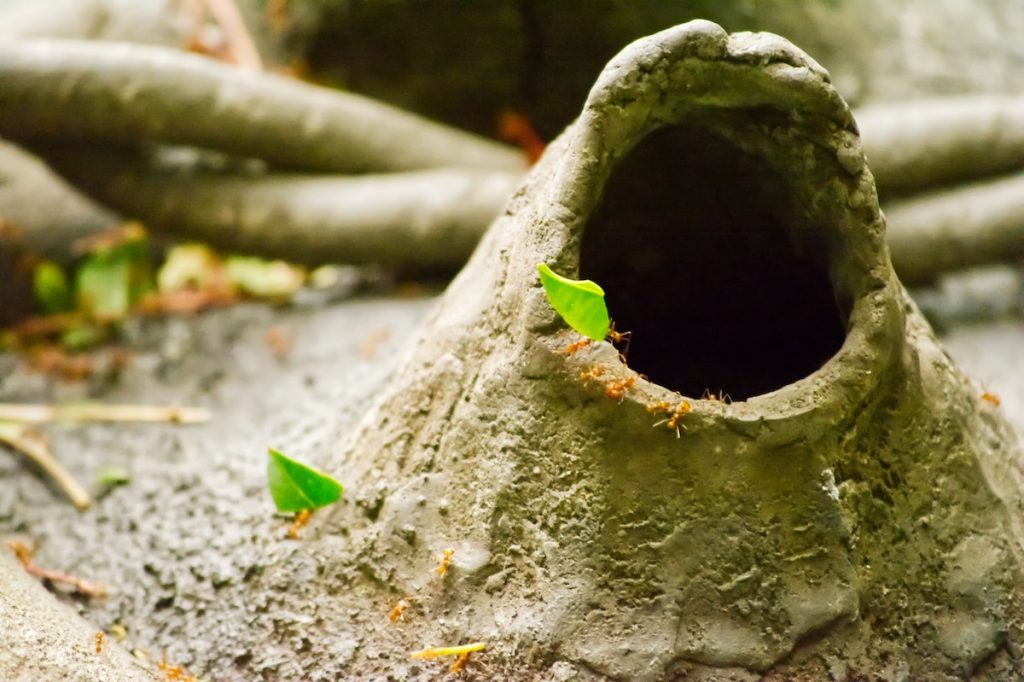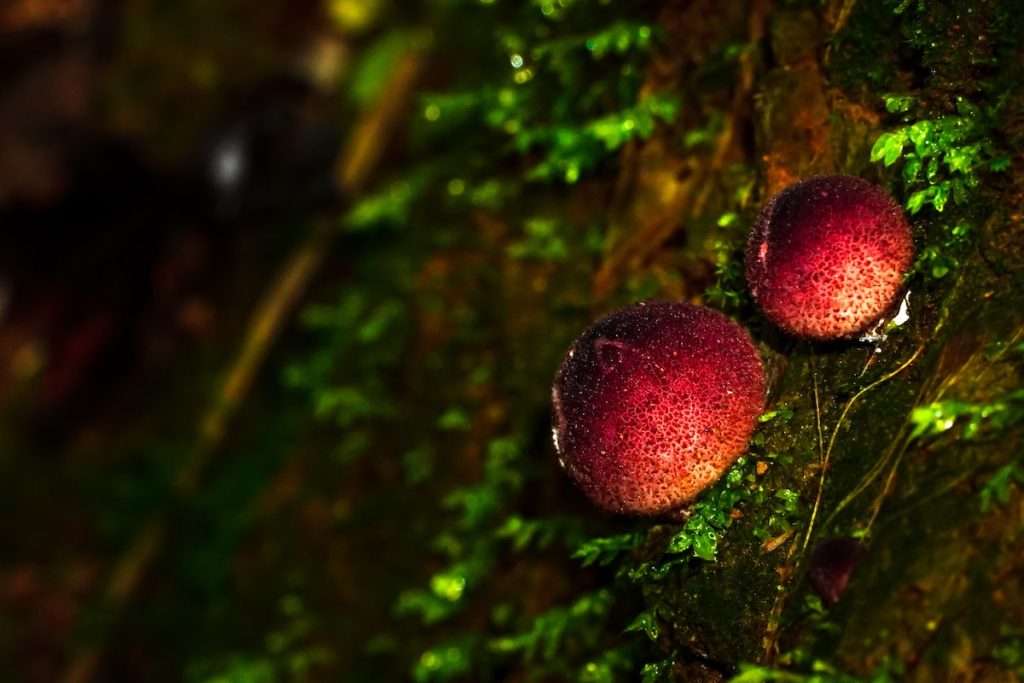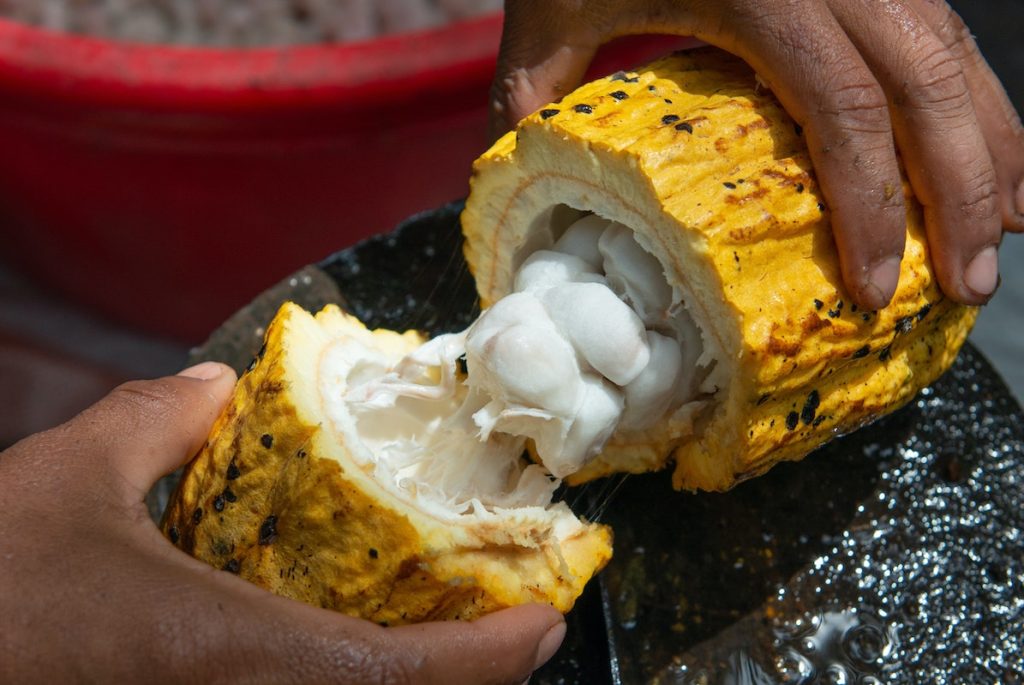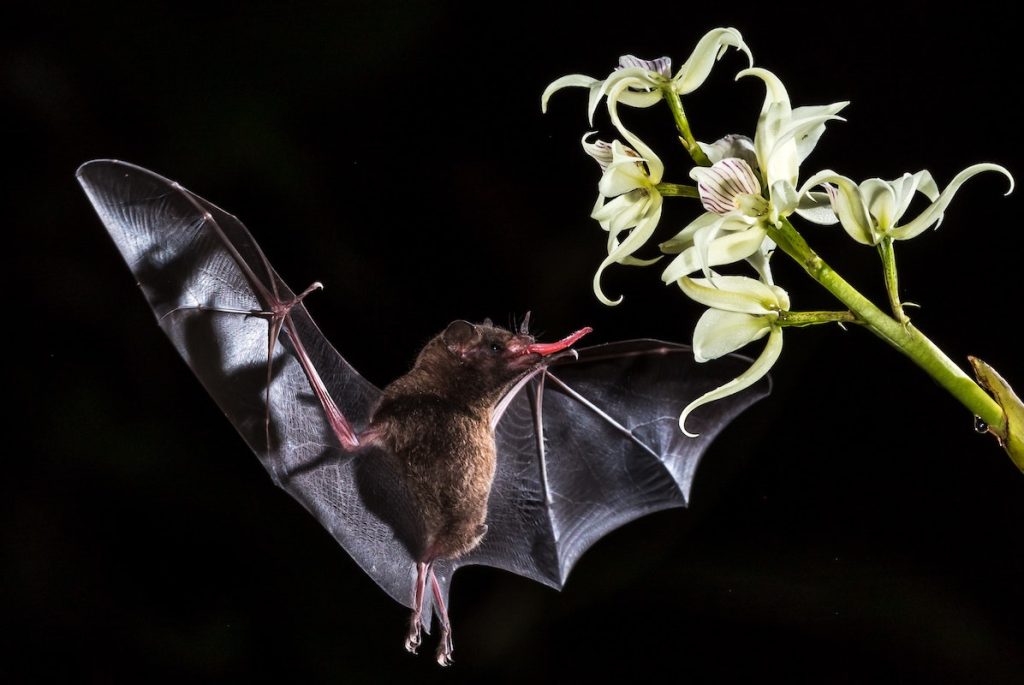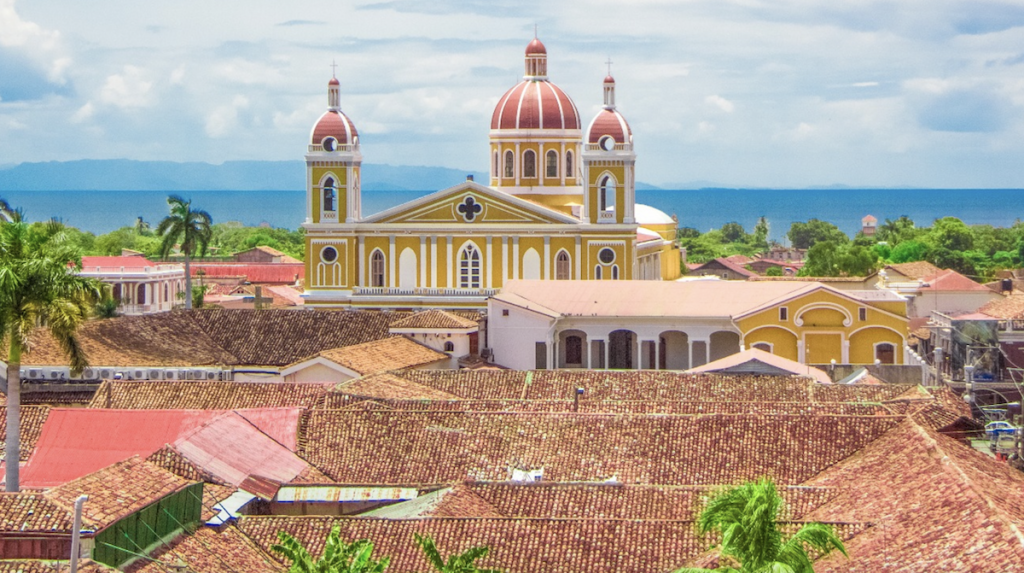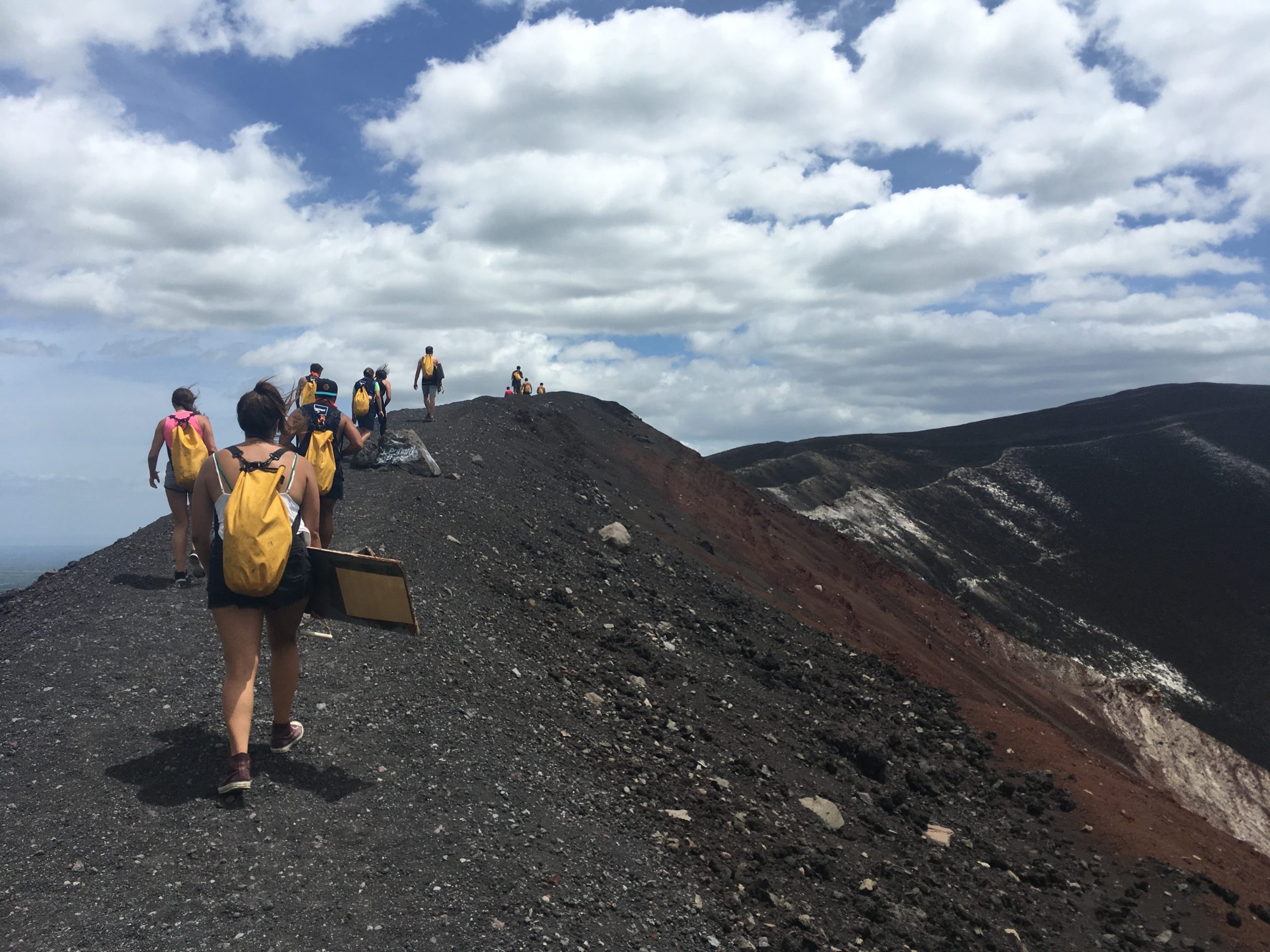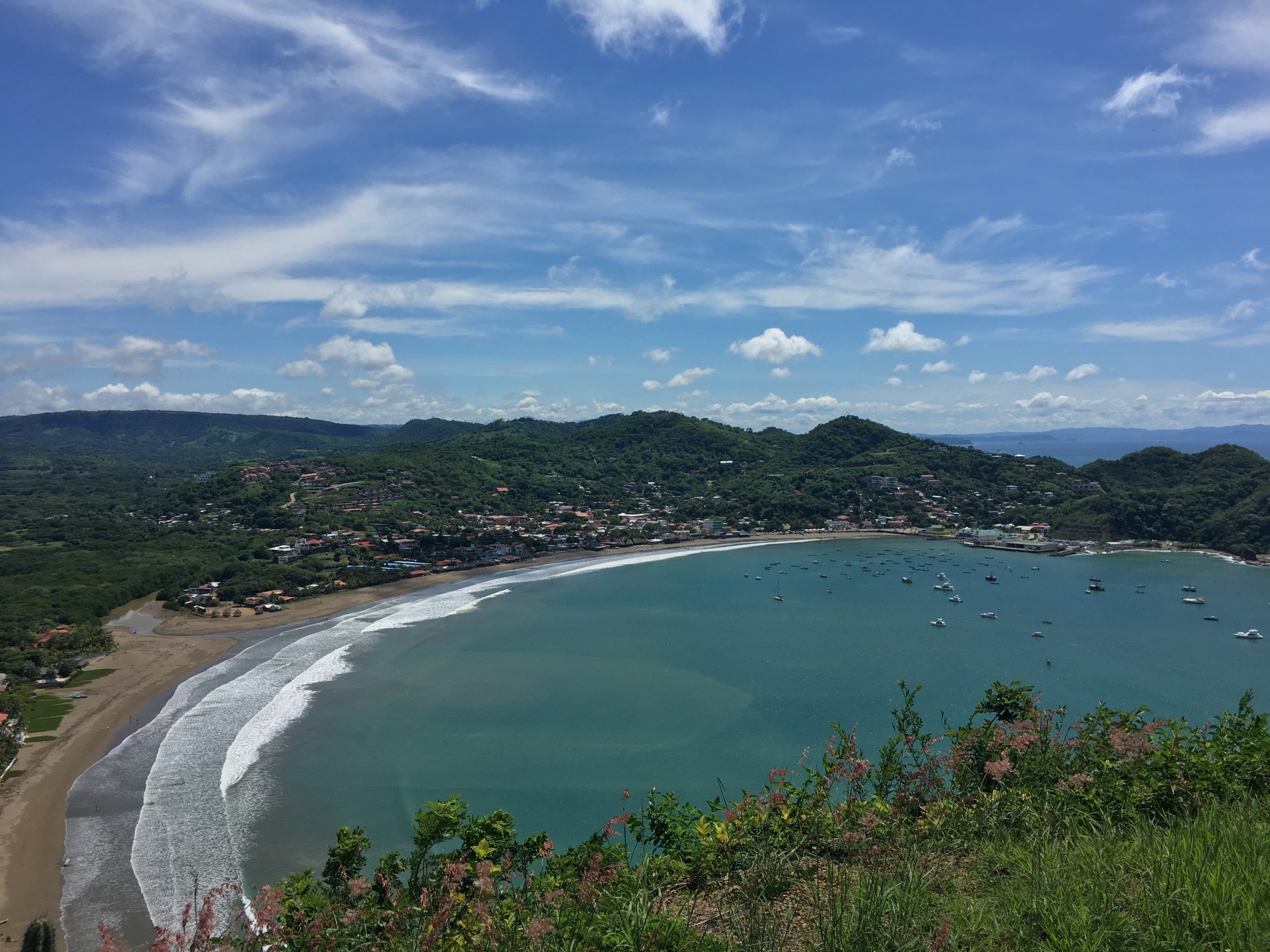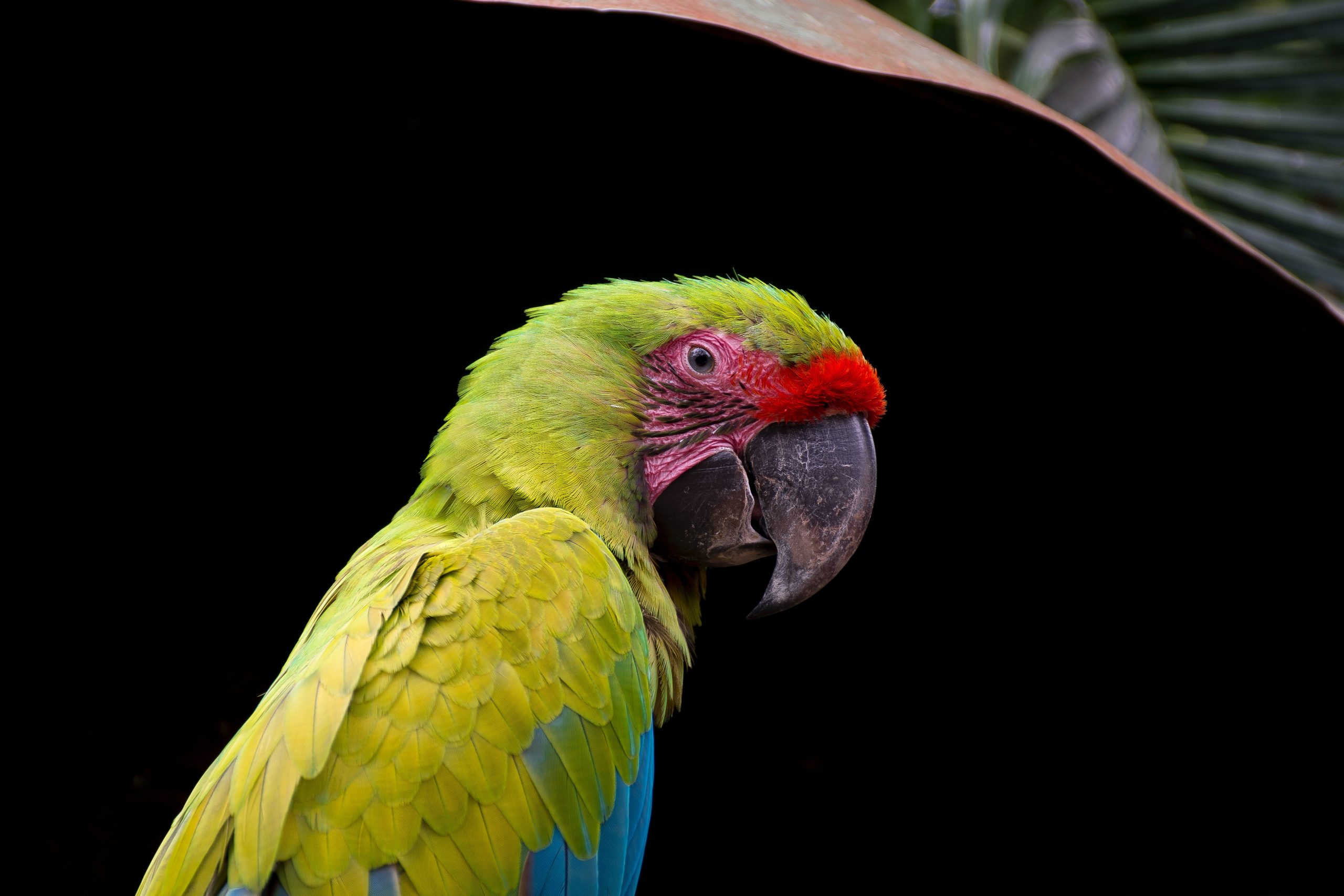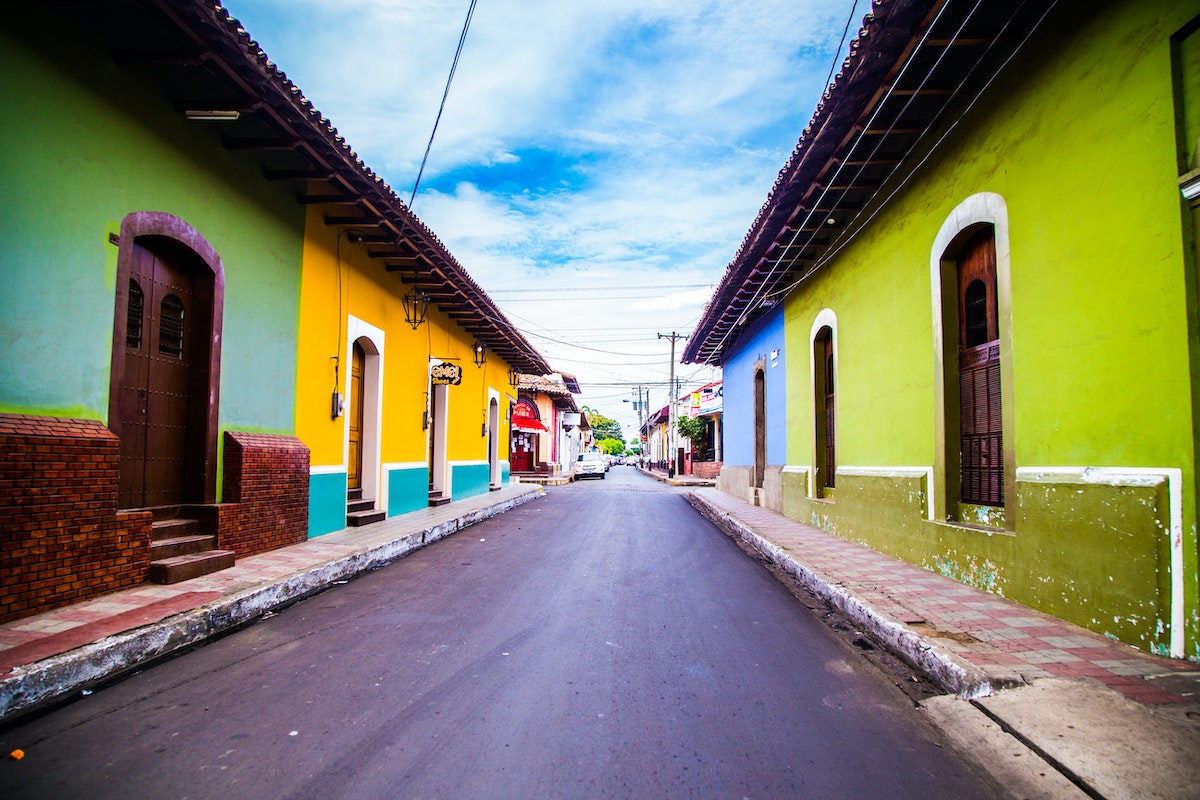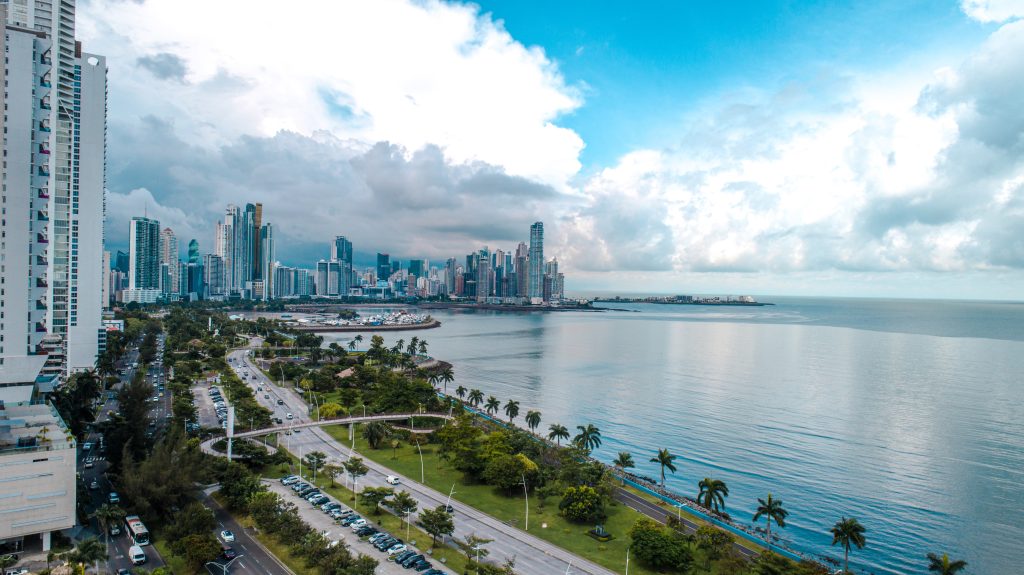
A new Hyatt hotel is opening in Panama next year
Hyatt Regency Panama City will be the first Hyatt Regency hotel in Panama City and the third Hyatt hotel in Panama.
Perfectly situated for business and leisure travellers, the hotel will be in the heart of Panama City’s business district, less than 10 miles from Tocumen International Airport, near the Multiplaza shopping mall and the new Amador Convention Center.
About the hotel
Hyatt Regency Panama City will offer 382 guestrooms and suites spread across two towers, as well as a pool, state-of-the-art gym, variety of restaurants including a wine bar and coffee shop and 20,000 sq ft. of meeting and event space including two ballrooms, an outdoor terrace for events and a Hyatt Regency Broadcast Lounge, allowing guests the option to attend a live conference in a hybrid manner.
The hotel’s convenient location in the Panamanian capital will provide easy access to public transportation and area attractions like cinemas, restaurants, retailers, recreational activities and more.
Additionally, the hotel is located a short drive from downtown Panama City, both the Pacific and Caribbean coasts, and local attractions such as the Panama Canal, the Casco Viejo neighborhood and the new Fuerte Amador cruise terminal.
Expected to open just in time for the 2024 summer season following an extensive renovation, Hyatt Regency Panama City will mark another milestone in Hyatt’s sustained brand growth strategy in the Latin America and Caribbean region.

